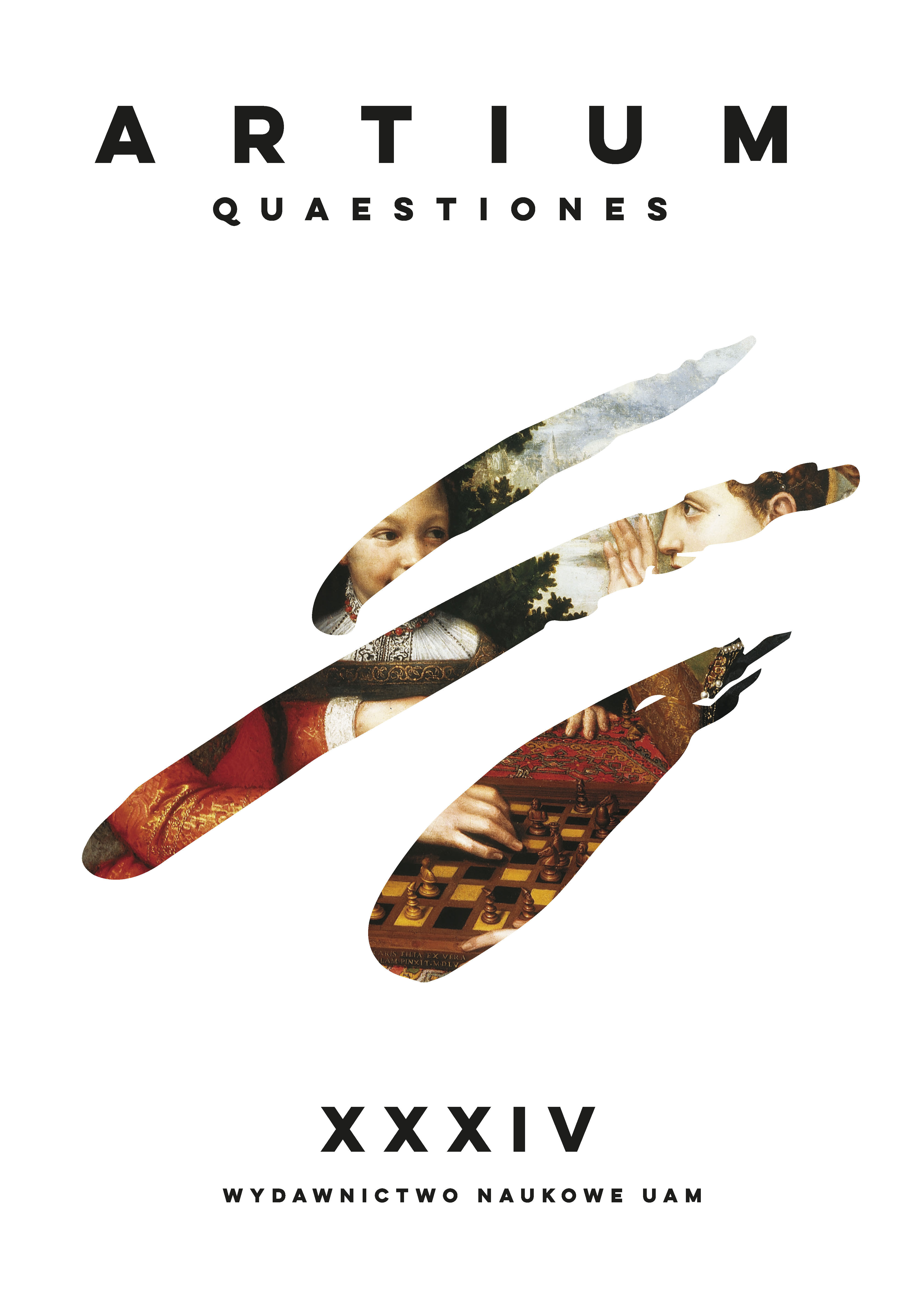BETWEEN ART HISTORICAL REPRESENTATION AND DIDACTIC FUNCTIONALITY:
THE CAST COLLECTION OF THE ROYAL ACADEMY OF FINE ARTS OF ANTWERP
BETWEEN ART HISTORICAL REPRESENTATION AND DIDACTIC FUNCTIONALITY:
THE CAST COLLECTION OF THE ROYAL ACADEMY OF FINE ARTS OF ANTWERP
Author(s): Ulrike Müller, Hélène Verreyke, Tine D’haeyereSubject(s): Museology & Heritage Studies, Visual Arts, Sociology of Art, History of Art
Published by: Uniwersytet Adama Mickiewicza
Keywords: plaster casts; academic heritage; academy museums; art education; reproduction; drawing after antique models;
Summary/Abstract: During the long nineteenth century, the Royal Academy of Fine Arts of Antwerp – just like many other art schools in this period – assembled a collection of some 500 plaster casts after ancient and modern sculptures, which played an essential role in the edu- cation of young art students. The creation of such collections went in parallel with the blossoming of cast museums all over Europe, as well as the emergence of a large-scale exchange network set up to facilitate the international dissemination of plaster casts. However, in contrast to cast museums, which brought together masterpieces of clas- sical Western sculpture in order to contribute to the aesthetic edification of the public, the cast collections of art academies had a more pragmatic and didactic function. This article focuses on cast collections at art academies, and how the formation and func- tioning of such collections related to broader educational concepts and practices at these schools. Taking the collection of plaster casts at the Royal Academy of Fine Arts of Antwerp as a case study, we will trace the various actors, methods and strategies employed to create the collection, uncover how the collection related to the artistic idea(l)s expressed in the educational programme of that institution, and discuss how and where it was located and displayed. Based on the rich archives of the academy, it examines a broad range of different sources, including purchase lists, inventories and correspondence concerning the formation of the collection, as well as floor plans, pho- tographs and original drawings attesting to the location and use of the casts. It traces the provenance of the objects, analyzes the profiles of the individuals and institutions involved in creating the collection, and identifies to what extent and how creative repurposing played a role in the collection’s functioning. The article argues how cast collections formed by art academies – in addition to representing the art historical canon of a given place or period – are an important reflection of the didactic practices, aesthetic priorities and, above all, the creative encounters that distinguish these institutions from the purposes of the public (cast) museum.
Journal: Artium Quaestiones
- Issue Year: 2023
- Issue No: 34
- Page Range: 221-252
- Page Count: 32
- Language: English

